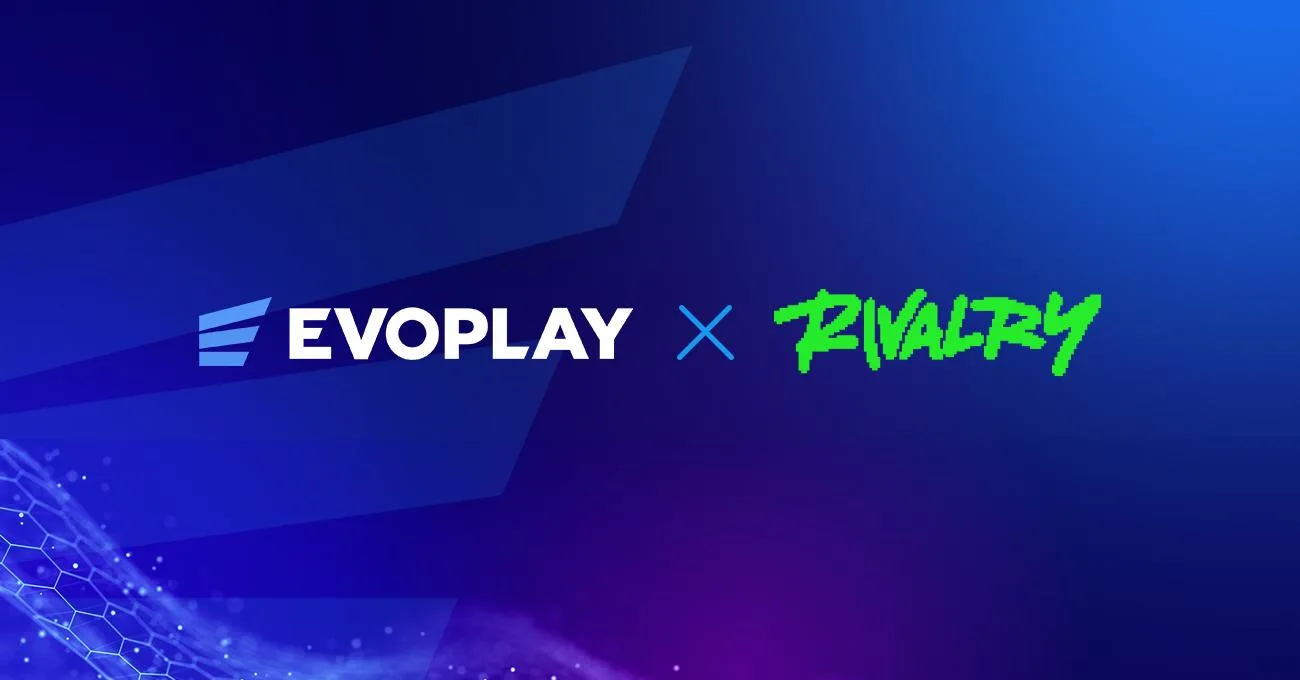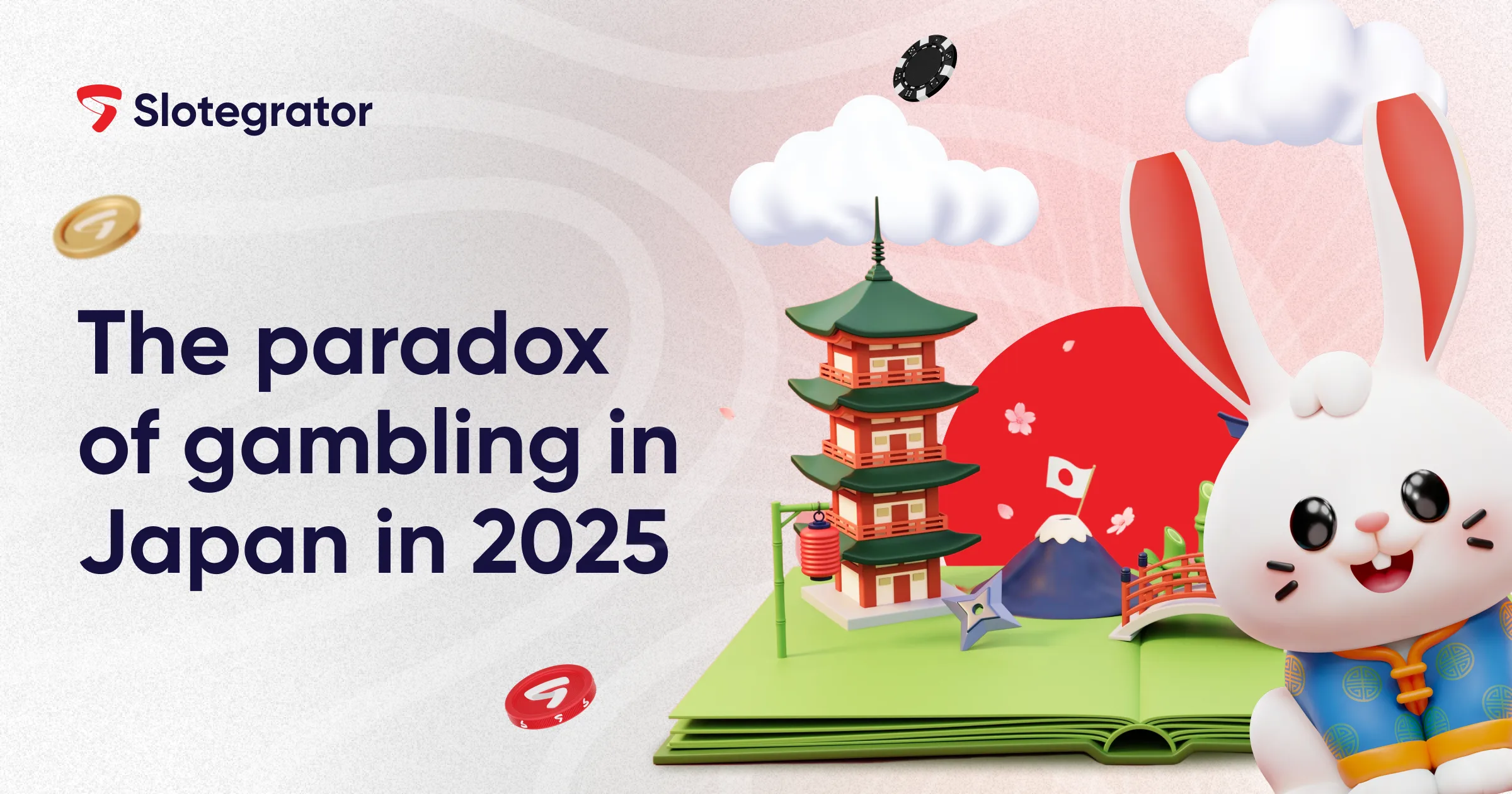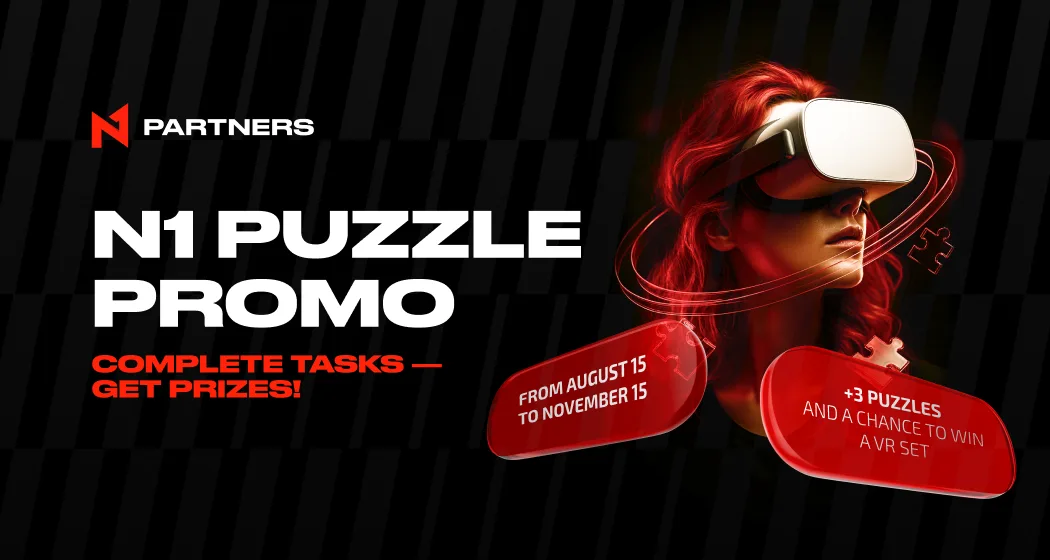Every project, including those in the gambling industry, requires a well-balanced approach to managing processes—from technical specifications to implementation. Moreover, a single company may run several projects simultaneously, each demanding its own unique methodology. In this article, we explore the most popular ones.
Scrum
This methodology is designed for agile software development with a strong emphasis on quality control. It is based on small, self-organized teams delivering a product incrementally, rather than all at once.
Scrum structure consists of:
- Roles
- Events
- Rules
- Artifacts
Roles are split into two categories: fully engaged team members and partially involved stakeholders.
Key roles:
- Product Owner – understands the business value and communicates the client’s needs, but is not involved in technical aspects.
- Developers – execute the tasks, create the backlog, ensure quality, and adjust the sprint plan.
- Scrum Master – ensures smooth communication, helps resolve blockers, and acts as the liaison for external interactions.
Five key Scrum events:
- Sprint – the core unit of work that includes all main activities.
- Sprint Planning – team members define what will be built and how.
- Daily Scrum – short, focused meetings to review progress and blockers.
- Sprint Review – demo of the results to stakeholders.
- Sprint Retrospective – reflection on team performance to find areas for improvement.
Artifacts:
- Product Backlog
- Sprint Backlog
- Increment
Agile
Agile is a flexible management framework that emphasizes delivering a working product at each phase. It involves small, specialized teams with clear roles and responsibilities.
Like Scrum, Agile uses sprints and backlogs. However, Agile stages may not be sequential—they can overlap or occur in various orders.
Core principles:
- Active involvement of all team members
- Collaborative decision-making
- Clear, simplified requirements
- Short, iterative steps
- Continuous delivery of results
- Testing throughout, not just at the end
- Close collaboration between team and stakeholders
Pros: flexibility and strong team interaction
Cons: frequent changes may delay or derail final product delivery
Kanban
Kanban focuses on visualizing tasks and balancing workload. It is ideal for workflows where output is intangible and teamwork resembles a relay process.
Four key principles:
- Visual task representation – using boards and statuses
- Task grouping by status – e.g., To Do, In Progress, Done
- Focus on unfinished tasks – resolving blockers quickly
- Continuous improvement – analyzing bottlenecks and adjusting resources accordingly
Real-life example: The writing of this article, from assignment to publishing, moved through defined statuses in a task tracker—ensuring transparency and timely edits.
Waterfall
Waterfall is a classic, sequential project management model, suitable for well-defined and linear projects.
Advantages:
- Simplicity and clarity
- Low maintenance
- Predictable cost and timelines
Disadvantages:
- Lack of flexibility
- No room for changes mid-project
- Testing occurs only at the end, increasing risk
Read more: Finance affiliate programs UK












